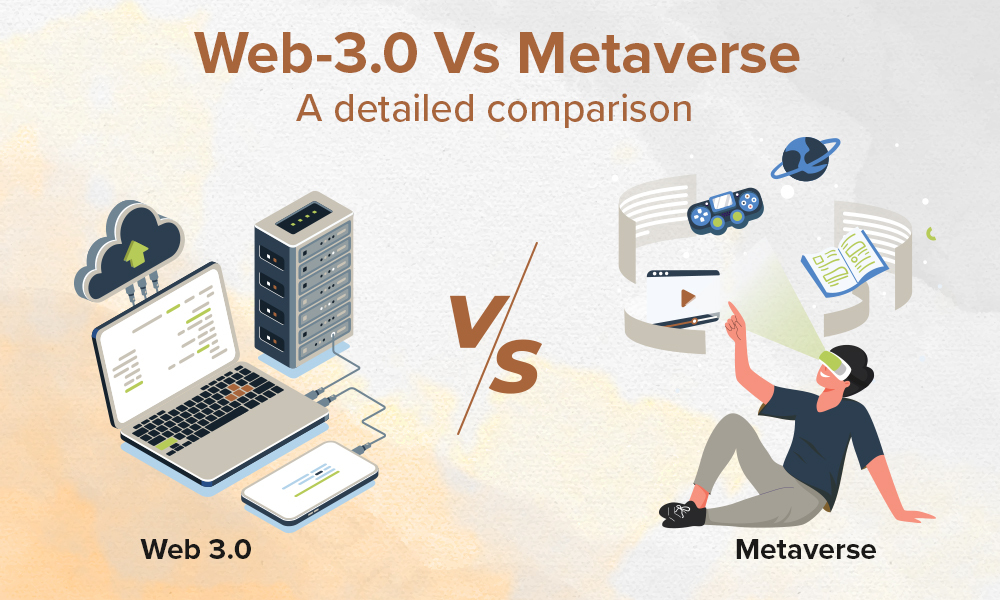In July 2017, Bitcoin went through a fork that created Bitcoin Cash. Understanding what a fork really means needs an understanding of how Blockchain and Bitcoin works. Let’s make this simpler, a fork is a technical term for a divergent in rules or network transaction history, thereby creating a new cryptocurrency. When there’s a need for common ground, bitcoin miners have to agree or follow the new rules. There are many types of forks, and understanding these forks is still a new science. One thing you should have at the back of your mind when you hear of an upcoming hard fork is that it can lead to separate blockchain histories leading to two separate currencies.
Forks are regular occurrence what makes them noticeable is the present of deep rift in the cryptocurrency community. Forks are not only as a result of rift and disagreement, they can be introduced into the network by consensus. This is used to determine the validity of certain transactions. With a basic understanding of what a fork is, it will be simpler to explain what hard fork really means. In the event of a software upgrade, introducing new rules into the network which doesn’t align with the previous version of the software, hard fork occurs at this point.
Breaking Down Hard Fork
In governance terms, hard fork will mean amendment of rules. Let’s say a new rule want to change the block size from 1mb to 1gb, that will create a hard fork. With this in place, the old software sees every transaction using the new rules as invalid. In order to be able to mine new blocks, a switch over to the new rules is essential. Bitcoin and Ethereum has given a perfect example of what hard fork looks like. It used to be only Bitcoin, but with the July Hard Fork, it brought about Bitcoin Cash. Recently, a fork has created Bitcoin Gold. The Ethereum Hard Fork of July 2016 also lead to the creation of Ethereum Classic.
And Soft Fork?
With the creation of competing currencies like Ethereum Classic, Bitcoin Cash, Bitcoin Gold, and others, there is a need for exchanges to extend support to these variants of cryptocurrency. Aside from Hard fork, there are also Soft Fork and User Activated Soft Fork. Soft Fork is like a downward review of the rules. For instance, from a 2mb block to 1mb blocks, the new rules will still work with the old software version. However, soft forks need a majority of the hash power of the network.
In the aspect of a User Activated Soft Fork, the idea is still theoretical and controversial. UASF relies on the support of the exchanges, wallets providers and businesses to create a support base instead of the miners.



.jpg)
